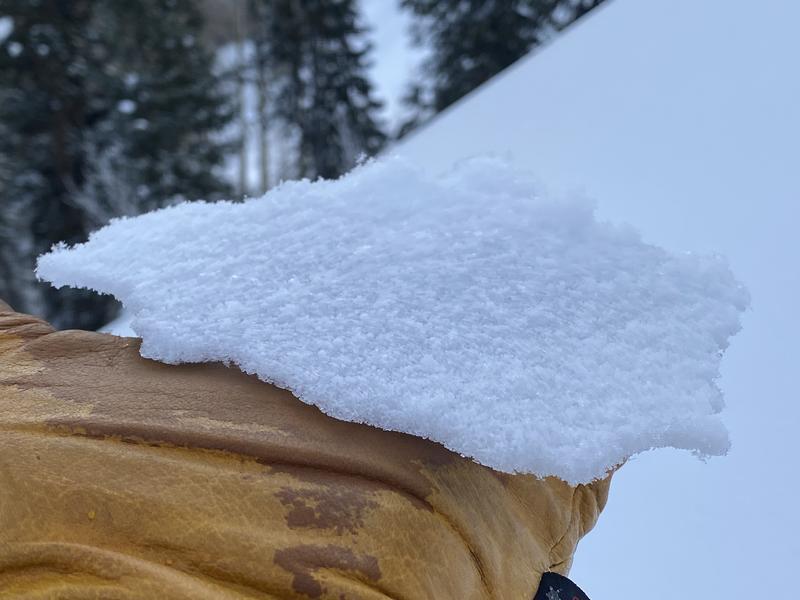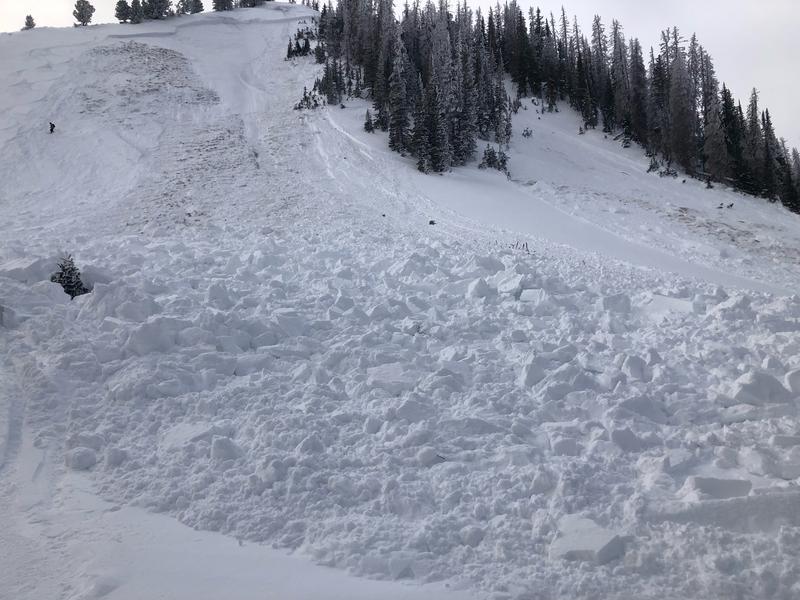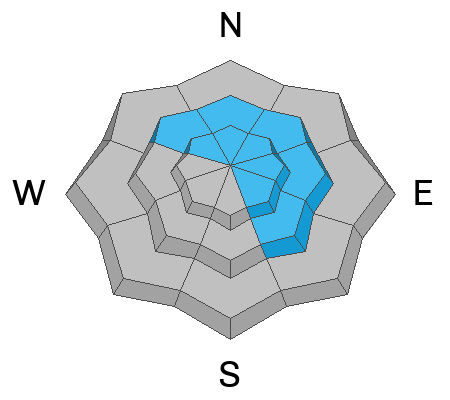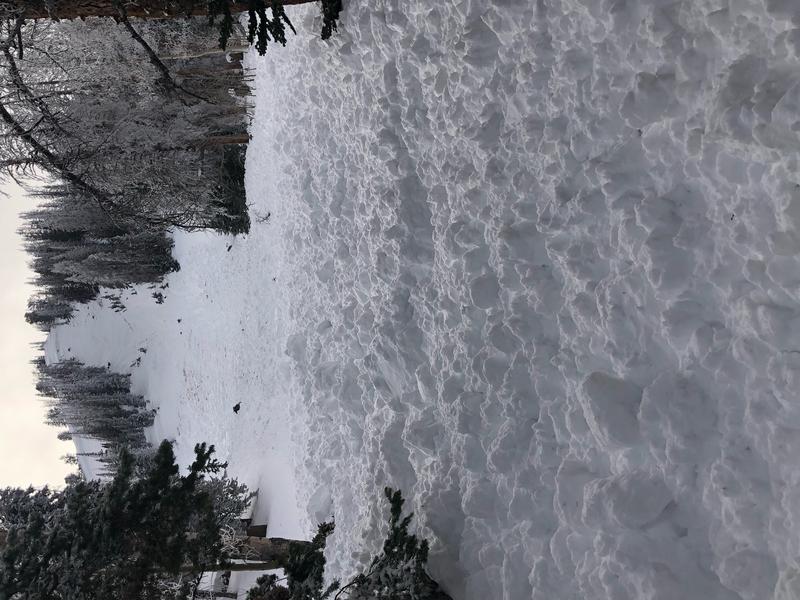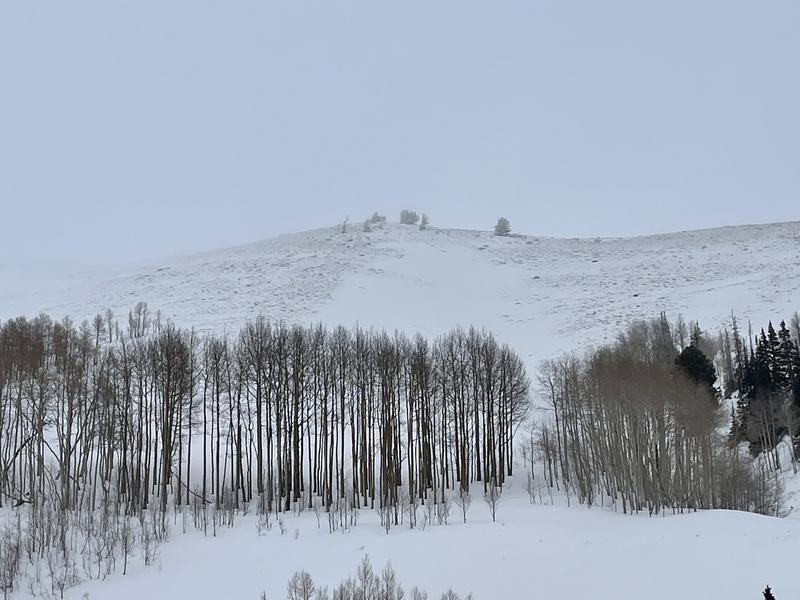Forecast for the Uintas Area Mountains

Issued by Craig Gordon on
Monday morning, December 26, 2022
Monday morning, December 26, 2022
Heads up... a firehose of moisture has its sights set on Utah and avy danger ramps up the next couple days as the storm evolves-
While not widespread, for today, you'll find pockets of CONSIDERABLE avalanche danger on steep, upper elevation, shady slopes. The danger is most pronounced in the wind zone at and above treeline, in terrain facing the north half of the compass, particularly on slopes with an easterly component to their aspect. Human triggered avalanches breaking to weak, sugary, midpack snow are LIKELY. Don't get surprised... last weeks winds penetrated mid elevation terrain as well where you'll find MODERATE avalanche danger and human triggered avalanches are POSSIBLE on steep, wind drifted slopes.
LOW avalanche danger is found on mid and low elevation wind sheltered terrain and slopes facing the south half of the compass with no overhead hazard (meaning, no steep slopes above or adjacent to where I'm traveling) where you can have a blast and score some quality riding to boot!
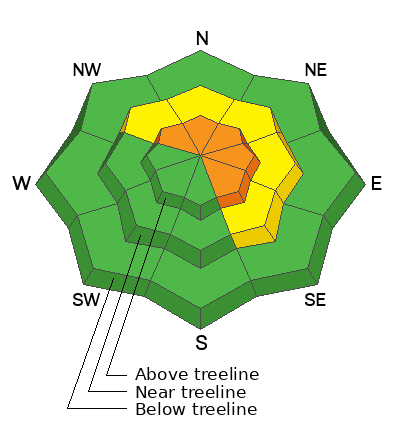
Low
Moderate
Considerable
High
Extreme
Learn how to read the forecast here


